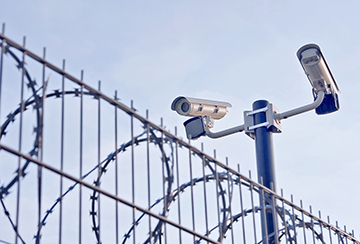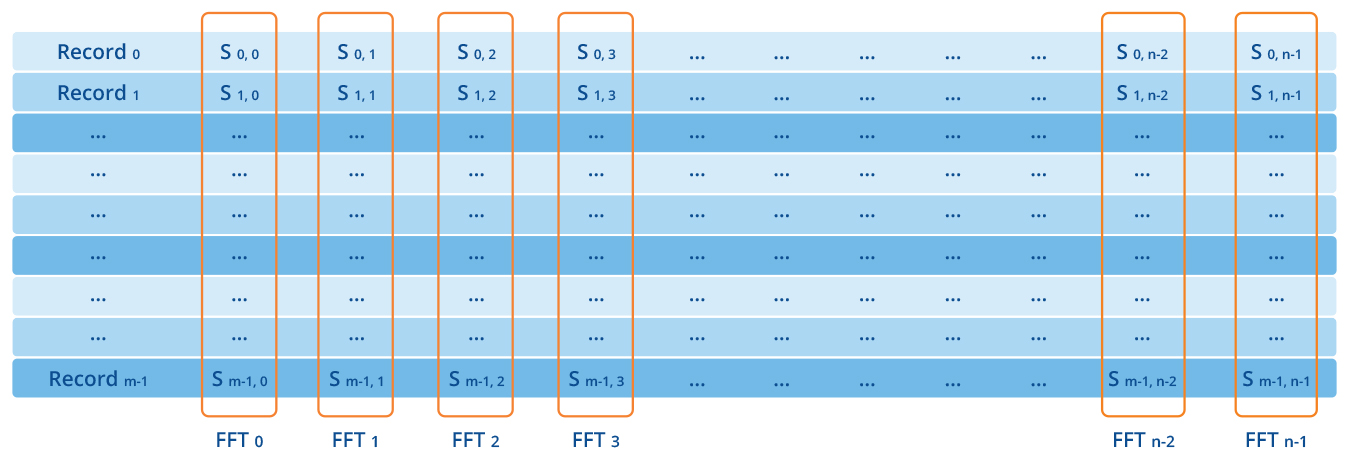PRODUITS
Nous vous invitons à consulter notre portefeuille de produits et à le comparer à la concurrence.
- Cartes d’acquisition PCI Express
- ATS9373 - 12 bit, 4 Géch/s
- ATS9360 - 12 bit, 1.8 Géch/s
- ATS9364 - 12 bit, 1 Géch/s
- ATS9371 - 12 bit, 1 Géch/s
- ATS9872 - 8 bit, 1 GS/s
- ATS9352 - 12 bit, 500 Méch/s
- ATS9353 - 12 bit, 500 Méch/s
- ATS9628 - 16 bit, 250 Méch/s, DC
- ATS9462 - 16 bit, 180 Méch/s
- ATS9428 - 14 bit, 250 Méch/s, DC
- ATS9416 - 14 bit, 100 Méch/s, 16can
- ATS9442 - 14 bit, 125 MS/s, 4 ch
- ATS9440 - 14 bit, 125 Méch/s, 4can
- ATS9146 - 14 bit, 125 Méch/s, 2can
- ATS9130 - 12 bit, 50 Méch/s, 2can
- ATS9120 - 12 bit, 20 Méch/s, 2can
- Cartes d’acquisition Thunderbolt 3
- Logiciels
- Produits patrimoniaux
- ATS9870 - 8 bit, 1 Géch/s
- ATS9350 - 12 bit, 500 Méch/s
- ATS9351 - 12 bit, 500 Méch/s
- ATS9625 - 16 bit, 250 Méch/s, CA
- ATS9626 - 16 bit, 250 Méch/s, DC
- ATS660 - 16 bit, 125 Méch/s
- ATS460 - 14 bit, 125 Méch/s
- ATS330 - 12 bit, 50 Méch/s
- ATS310 - 12 bit, 20 Méch/s
- ATS860 - 8 bit, 250 Méch/s
- ATS850 - 8 bit, 50 Méch/s
- AlazarStream 8000
- ATS-VI
- ATS-GMA-BASE
- ATS-GMA-OCT
DÉTECTION OPTIQUE FIBRÉE

Consulter
Wikipedia
Consulter Google
Scholar
BACKGROUND
Fiber optic cable has been in use for optical communication for a very long time. It is used all around the world and is manufactured in very large quantities. Large scale manufacturing has resulted in very low cost per linear foot.
An optical fiber is composed of three parts: core, cladding, and coating. Fiber core is generally made of glass, although it also can be made of plastic. It is as an optical waveguide and can be used as a sensor if properties of propagating light wave, such as, intensity, phase, polarization, and frequency, are appropriately modulated to the environment parameter of interest. Thus, fiber optics sensing (FOS) system in principle consists of a light source, optical fiber, sensing element, and detector. There are many advantages of such systems, namely, are passive, immune to electromagnetic interference, work well in harsh environment, are resistant to high temperature, and due to small size, usually can be easily embedded or attached.
A variety of optical sensing technologies has been developed over the years and are now readily available on the market. Among these are truly distributed sensors based on Rayleigh, Raman, and Brillouin backscattering techniques, allowing one to detect strain and/or temperature changes. In distributed sensing, entire fiber is a sensor, and allows one to measure strain (Rayleigh, Brillouin) and temperature (Rayleigh, Brillouin, Raman) over tens of kilometers with cm-order resolution.
Data acquisition and signal processing in distributed FOS sensors require high rate, high vertical resolution digitizers, as these influence the detection capabilities of the entire sensing system.
TECHNIQUE
OPTICAL TIME DOMAIN REFLECTOMETRY
One of the most common techniques used in fiber sensing is Optical Time Domain Reflectometry (OTDR), which is a pulse-echo measurement similar in concept to radar. A short laser pulse is sent into the fiber and the back-scattered light is analyzed. The time of arrival of the back-scattered light allows one to calculate the location of the physical event.
PERIMETER SECURITY

Perimeter Security is a typical application where this technique is used. Fiber is buried in the ground and if a person or a vehicle were to violate the perimeter, the resulting pressure applied to the buried fiber is detected by the measurement system.
Fences, walls and pipelines can also be protected using fiber sensing. If ever there is a rupture, the measurement system would be able to locate quickly and precisely where it took place.
OPTICAL FREQUENCY DOMAIN REFLECTOMETRY

Another technique used is Optical Frequency Domain Reflectometry (OFDR). This requires the back-scatter signals to be measured for the entire measurement time and then a Fast Fourier Transform is performed to extract information on local events.
OFDR has advantages over OTDR for certain applications. Specifically, the technique is well-suited for applications that require a combination of high speed, sensitivity and resolution over shorter distance ranges.
SIGNAL TO NOISE RATIO AND SIGNAL PROCESSING
Any FOS based detection method is characterized by low signal-to-noise ratio (weak signal) and limits the accuracy with which measurements can be made. Many different techniques are used to improve it, including measurements averaging or heterodyne detection. This typically results in requirement for more complex yet high-performance at the same time digital signal processing.
THE ALAZARTECH ADVANTAGE
With high vertical resolution, fast data throughput and optional FPGA based signal processing, AlazarTech’s PCI Express waveform digitizers are ideally suited to fiber sensing applications. Note that input to the AlazarTech boards must be an electronic signal, so a transducer, such as a photodiode, is always required.
High vertical resolution allows detection of even weak back-scatter, which increases the sensitivity of the fiber sensing system.
Even more important is the ability of AlazarTech waveform digitizers to trigger and continuously stream data across the PCI Express bus, so as not to lose any data and allow real-time signal analysis.
AlazarTech’s high level API and stable software drivers allow users to quickly and reliably build the full system, including interface to GPUs.
A typical fiber sensing application using AlazarTech waveform digitizers involves the acquisition of a number of A-scans (records) to create a matrix of data where each row is single A-scan. User software, running either on host CPU or GPU, can then perform FFT on each column of data to extract the required information.
Another, more advanced, application involved FPGA based calculation of optical power using cross-correlation techniques. This has been implemented on ATS9373 as part of a custom engineering project. Contact us for additional information if you require a similar custom engineering solution.

